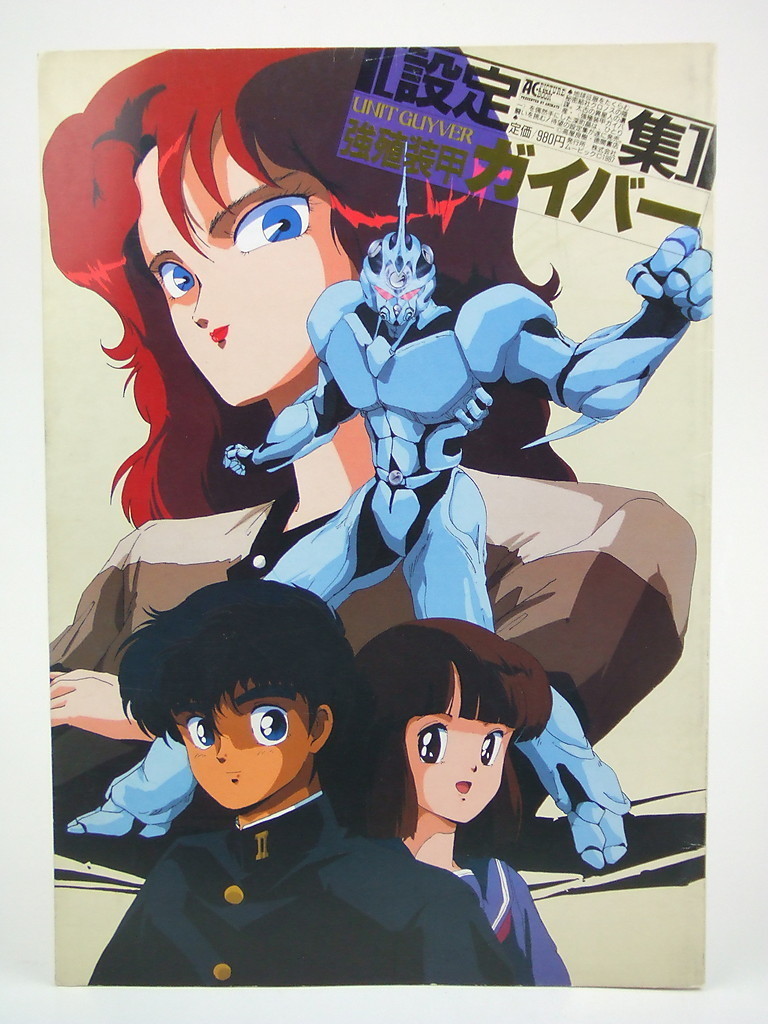
Since 1985, Yoshiki Takaya’s Bio-Booster Armor Guyver series has been an established mainstay among both Shōnen and Seinen manga. Such was its popularity from the onset that it garnered enough interest for an OVA — direct-to-video production being a nascent trend at the time. The result was Kyôshoku sôkô Guyver: Kikaku Gaihin, also known as Guyver: Out of Control (1986). While very much a product of its time, this early romp remains a harrowing, yet thrilling ride.
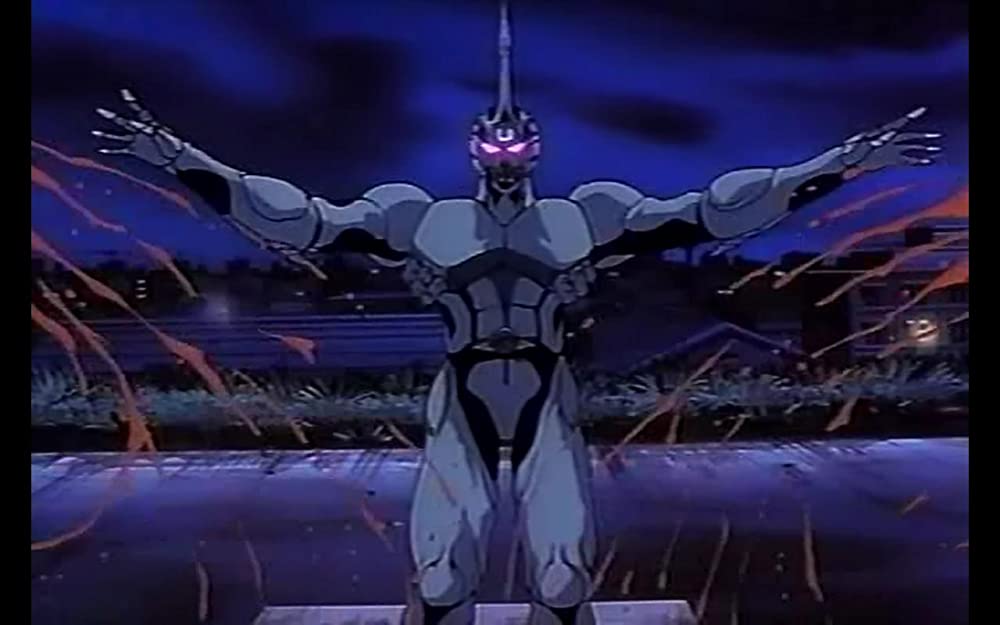
Though produced and written by industry veteran Toyoo Ashida — alongside the involvement of Bandai, Studio Live, and AIC, among others — this 54-minute anime was notably directed by a young Hiroshi Watanabe, his future fame yet to be earned. With a relative newcomer at the helm, and handling a similarly new intellectual property to boot, one would expect this to be a recipe for amateur hour hijinks, at best. You’d be hard-pressed to call it incompetent, even with its faults and the production company’s likely limited resources, given the era.
Still, what makes this piece of history worth seeking out?
Anime Grindhouse
Loosely adapting the first four chapters of the manga, Out of Control follows the trials of high school student Sho Fukamachi (Yuu Mizushima), who with love interest Mizuki Segawa (Michie Tomizawa), winds up in the wrong place, at the wrong time. After being bonded to one of the titular Guyver units following an explosion, he finds himself being pursued by the Japanese branch of the insidious Chronos Corporation. From its secret army of Zoanoid mutants to the enigmatic Supervisor Valcuria (Keiko Toda) and her own version of the alien device, there’s no escape. Equipped with a biomechanical suit of power armor, however, he’s not going to let anyone stand in his way.
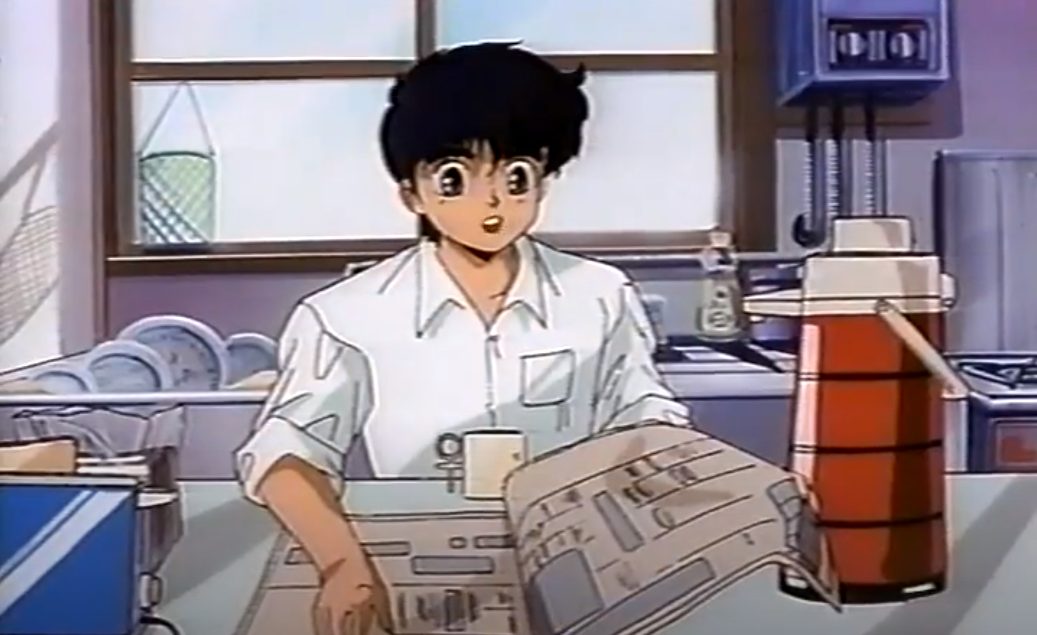
Given how the first complete volume had only come out in the same year as the OVA, it’s not too surprising that the plot isn’t in line with what the series evolved into. Though the broad strokes are more or less consistent, certain characters — such as Sho’s best friend, Tetsuro Segawa — are either absent or killed off much earlier. Which isn’t to ignore how the appearance of an unnamed Guyver suit towards the end isn’t explained, or that Valcuria herself acts as a stand-in for arc villain Oswald A. Lisker, though meeting a very similar end. As a result, the story can feel more like a condensed introduction to the setting than anything else, though nowhere near as lore-breaking as the 1991 live-action film.
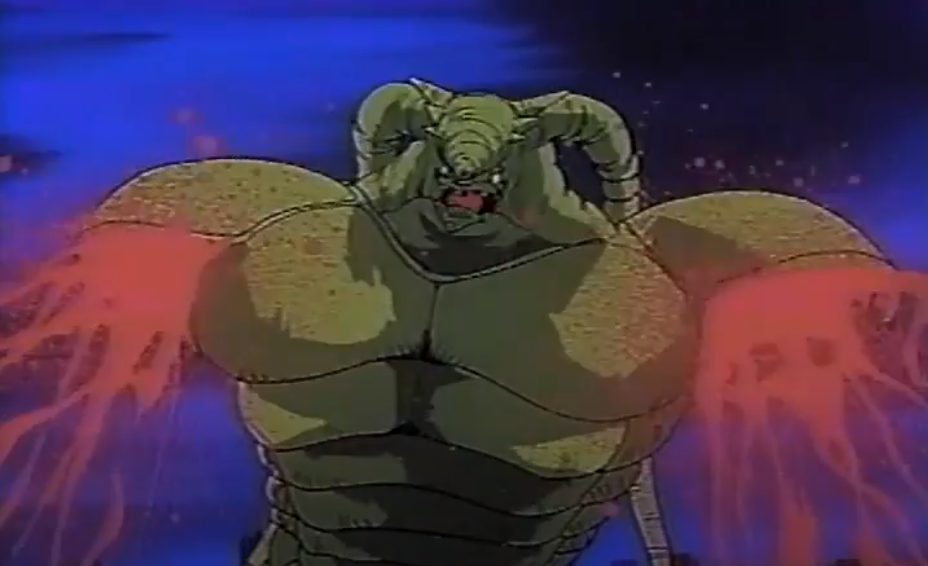
Time has also not been too kind. Released just as OVAs had begun catching steam, you can almost touch the 1980s atmosphere, complete with shoulder pads, smoking, and gym leotards galore. This likewise extends to how the anime slips in gratuitous nudity as fanservice, and even adds a bonding sequence that inexplicably comes close to tentacle rape in all but name. Make no mistake: this is very much a product of its day, with all the politically incorrect subtexts that entails.
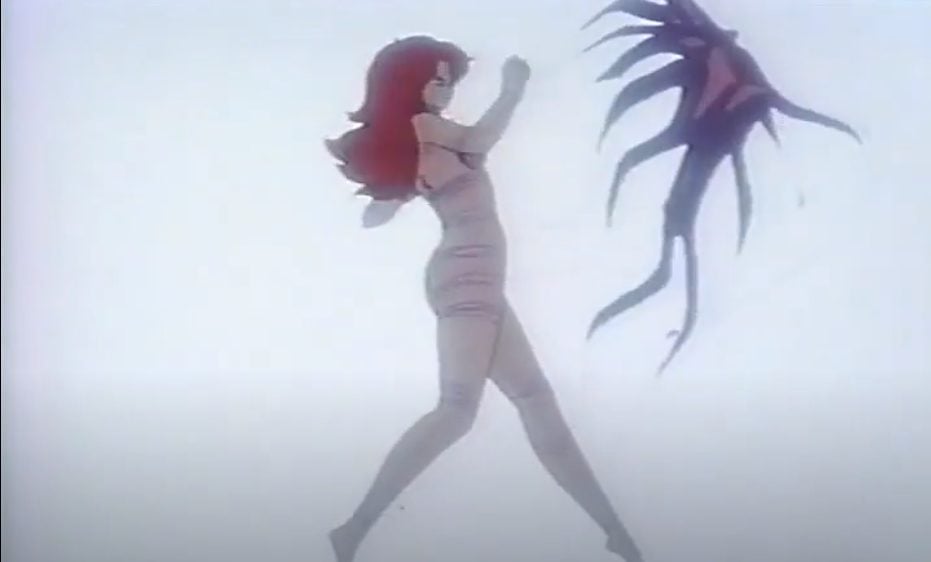
This isn’t to say that Out of Control is just mindless, dated schlock. Even with the then-limited material to work with, the anime does well in conveying the protagonist’s confusion and fear as his normal life is systematically destroyed by Chronos, while further underscoring how insidious the organization is. The animators also try compensating by emphasizing the visceral aspects, be it the clothes-ripping (and body-warping) transformation scenes, or the brutal fight sequences. Coupled with a rebellious undertone — helped along by how Zoanoid agents tend to fancy themselves as authority figures — it retains the spirit of the original with a hyperviolent grindhouse flair, even if the line between horror and power fantasy can get blurred.
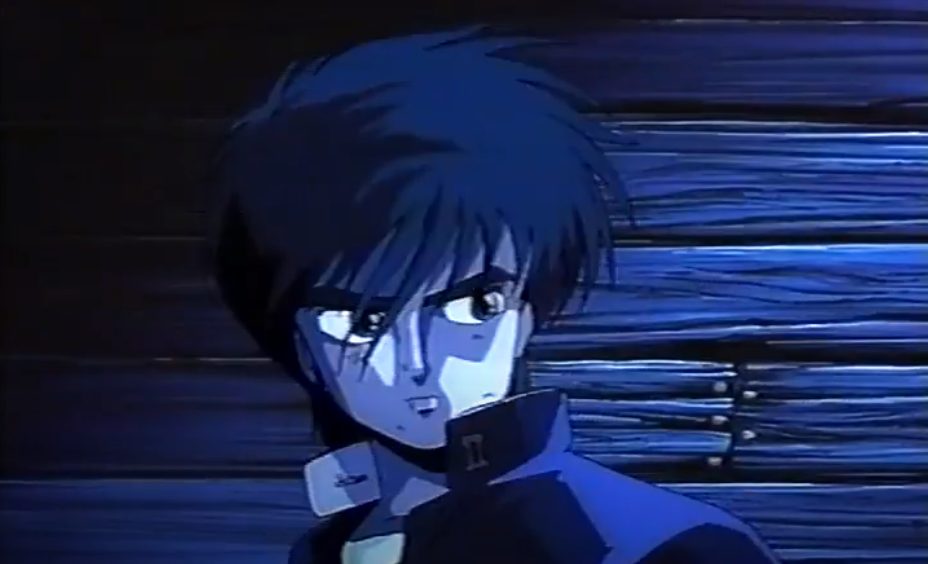
A Thrilling Ride
While the quality of the animation is showing its age — whether due to a limited budget, old character designs, or VHS noise — the visuals still manage to deliver. On top of the Guyver suits on-screen looking almost straight out of the manga, the animators succeed in highlighting the biomechanical, organic aspects of the source material, down to the pulsating armor. This also extends to the violent action scenes, with blood, intestines, and explosions being rendered in copious detail. Granted, there are some cut corners outside of said battles and setpiece moments. Nonetheless, at its best, you’re treated to a good taste of retro anime at its most visceral.
The climactic battle between the two Guyver users demonstrates both classic, hand-drawn ’80s action, and some of the manga’s darker aspects all at once. (Source: YouTube)
The same couldn’t quite be said for the audio, for the most part. The bulk of the soundtrack, which is very much laden with ‘80s synth and guitar riffs, comes off as nigh-interchangeable with most other works from the era, though still atmospheric to capture the mood. A notable exception, however, would be the high-intensity “Kyoushoku Soukou GUYVER” sung by Iwao Yamaguchi, which has since become associated with the franchise at large.
The voice-acting, which features the likes of Yuu Mizushima, Keiko Toda, and even Norio Wakamoto, give their roles just the right kind of weight without going overboard.
All in all, Out of Control is a thrilling ride, albeit one that can veer into bloody horror. Though the anime itself isn’t the best adaptation out there, even compared to Guyver 2: Dark Hero (1994), it nonetheless proved popular enough to spur more interest in the manga. More than that, it inspired both a 12-episode OVA series (1989-90, 1991-92) and a full-fledged TV show (2005-06). It also proved that Hiroshi Watanabe is capable of directing even a fledgling property, setting the stage of a portfolio as varied as Video Girl Ai (1992), the Slayers franchise, and most recently, Hetalia World★Stars (2021). Meanwhile, the presence of Valcuria influenced Yoshiki Takaya to incorporate a similar female Guyver user into the story who became a major character in her own right.
https://www.youtube.com/watch?v=bav3LDc8iq4
While the anime isn’t as popular nowadays as its successors, it has gradually gained a following ever since copies began surfacing on the Internet. Circa 2015. (Source: YouTube)
Although it saw a VHS release in North America around 1993, one is more likely to find it online than on store shelves, with some even going so far as to make a fandub. As both a snapshot of a fascinating period in anime history and a rousing introduction to the grim world of the Guyver, you can’t go wrong with this OVA.


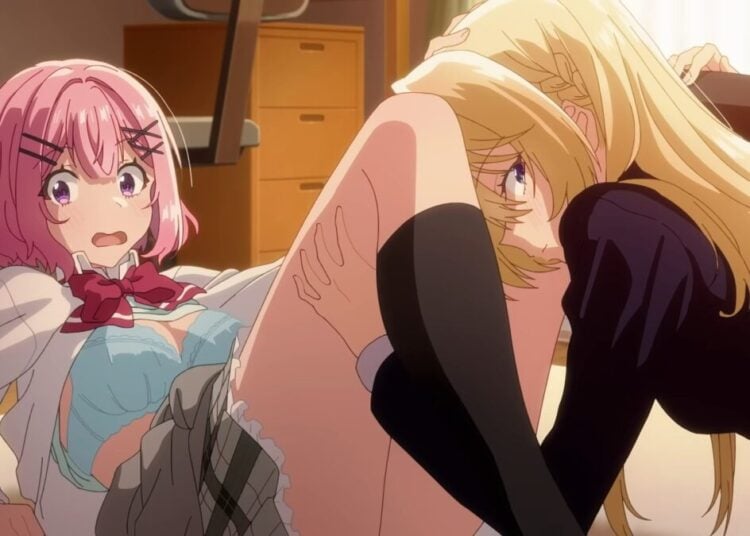
![Sawaranaide Kotesashi Kun Episode 12 [END] Featured Image](https://blog.jlist.com/wp-content/uploads/2025/12/Sawaranaide-Kotesashi-kun-Episode-12-END-Featured-Image-750x536.jpg)










